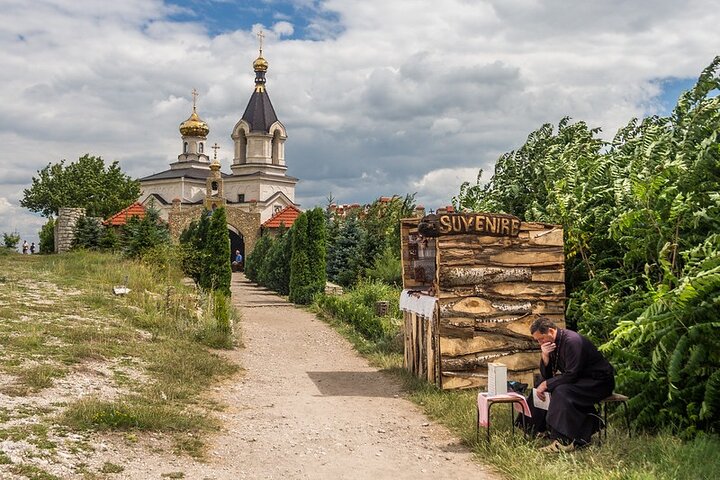Exploring the Enigma of Transnistria: A Journey Beyond Borders
In search of the unseen, I embarked on a journey to Transnistria, a region shrouded in mystery and history. Guided by Corneliu, I discovered a land where time stands still, offering a profound exploration of identity and belonging.
Crossing the Unseen Border
The journey to Transnistria, or as the locals prefer, Pridnestrovie, began with a sense of crossing into the unknown. As I sat in the backseat of Corneliu’s car, the landscape of Moldova slowly gave way to a region that seemed suspended in time. The air was thick with the weight of history, and the road ahead promised a day of discovery.
Corneliu, our guide, was more than just a driver; he was a bridge to understanding this enigmatic place. His knowledge was vast, yet he shared it with a humility that made the experience feel personal. As we crossed the border, he explained the nuances of the region’s identity, cautioning us about the local sensitivities around its name. It was a reminder of the delicate balance between past and present that defines this land.
Our first stop was the Bendery Fortress, a relic of Ottoman architecture that stood as a testament to the region’s turbulent history. Walking through its ancient walls, I felt the echoes of battles long past, a reminder of the resilience of those who once defended this land. The fortress was a silent witness to the passage of time, its stones worn by centuries of conflict and peace.
A Glimpse into Soviet Shadows
As we ventured deeper into Transnistria, the Soviet influence became palpable. Tiraspol, the capital, was a city where time seemed to have paused in the era of the USSR. The streets were lined with monuments to Lenin and Suvorov, their imposing figures casting long shadows over the city.
Corneliu guided us through the city’s landmarks, each one a chapter in the story of a nation that exists in defiance of the world map. The House of Soviets, with its grandiose architecture, stood as a symbol of a bygone era, while the tank monument served as a stark reminder of the region’s military past.
In the heart of Tiraspol, we visited the Green Market Center, a bustling hub of local life. Here, the air was filled with the scent of fresh produce and the chatter of vendors. It was a vibrant contrast to the solemnity of the monuments, a reminder that life in Transnistria continues amidst the shadows of its history.
A Taste of Tradition
Our journey concluded in the village of Parcani, where we were welcomed into the warmth of a traditional Moldovan inn. The inn, Usadba Acasa, was a haven of hospitality, offering a culinary journey through the flavors of Transnistria.
As we gathered around the table, the dishes before us told a story of cultural fusion. Mamaliga, placinta, and zeama were served with a side of history, each bite a connection to the land and its people. The wine flowed freely, a testament to Moldova’s rich viticultural heritage, and the sound of an accordion filled the air, weaving a melody of nostalgia and hope.
Reflecting on the day, I realized that this journey was more than just a tour; it was an exploration of identity and belonging. Transnistria, with its complex history and resilient spirit, had offered me a glimpse into a world that defies easy categorization. It was a reminder that travel is not just about seeing new places, but about understanding the stories that shape them.



















































